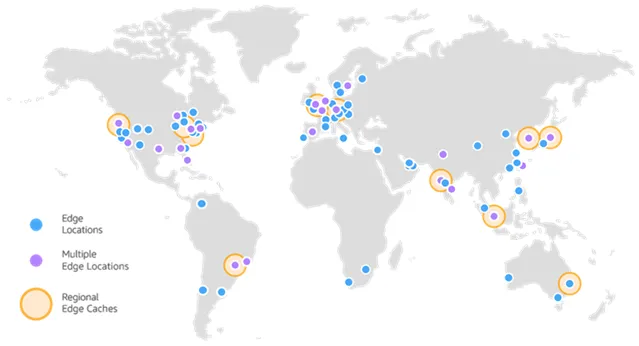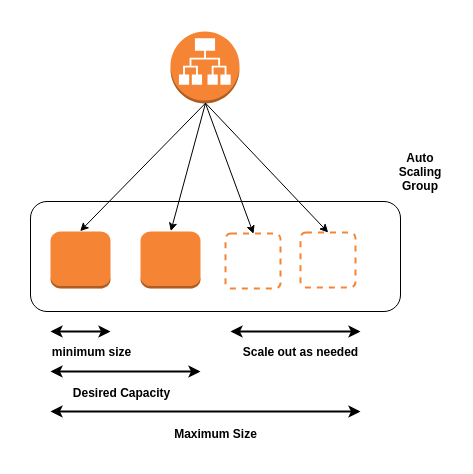Scaling for Success: Building a High-Performance Streaming Service
Streaming has become an increasingly important part of our daily lives, with millions of people tuning in to watch movies, TV shows, and live events online. With so much content being streamed, it is crucial that streaming services have the infrastructure to support large-scale, high-volume traffic while ensuring high-quality video playback and minimal downtime.
As a system architect, designing a scalable streaming service can be a complex and challenging task. In this blog, we will explore some of the key considerations and best practices that you should keep in mind when building a scalable and reliable streaming service.
- Microservices Architecture: Consider breaking down your system into smaller, self-contained services that can be developed, deployed, and scaled independently. This will allow you to add new features and scale specific parts of the system as needed, without having to make changes to the entire system.
One example of a service that uses a microservices architecture is Netflix. The company has broken down its system into numerous microservices, which allows them to add new features and scale specific parts of the system as needed, without affecting the entire system. - Content Delivery Network (CDN): To ensure high-quality video playback, consider using a CDN to distribute your content. A CDN will cache your content closer to your users, reducing latency and improving playback quality. Additionally, a CDN can handle sudden spikes in traffic, reducing the load on your back-end systems.
To ensure that your CDN is scalable and effective, consider choosing a CDN provider that can support your traffic and has a large network of PoPs globally. Also, You can use multiple CDN providers for redundancy and improved performance.
An example of a popular CDN service is AWS CloudFront. AWS CloudFront is a fast, reliable, and cost-effective CDN that can be used to distribute your video content to users all over the world.
- Load Balancing: As the number of users and streams grows, your system will need to be able to handle increased traffic. Load balancing will help distribute the load across multiple servers, improving system performance and ensuring that users are always able to access your service.
An example of a load balancing service that you can use is AWS ELB (Elastic Load Balancer). AWS ELB automatically distributes incoming application traffic across multiple targets, such as EC2 instances, containers, and IP addresses, to ensure high availability and reliability. - Auto-Scaling: To ensure that your system can handle sudden spikes in traffic, consider using auto-scaling. Auto-scaling allows you to automatically add and remove servers as needed, based on the current traffic load. This will help ensure that your system can handle increased traffic without sacrificing performance.
A few examples of services that you can use to implement auto-scaling are AWS Auto Scaling & Google Cloud Auto Scaling. These services can be used to automatically scale your application in response to incoming traffic, ensuring that your system always has the capacity to handle incoming requests.
- Data Replication: To ensure high availability, consider replicating your data across multiple servers. This will help ensure that your service remains available, even if one or more servers fail. Consider using a cloud-based storage solution that can scale automatically based on demand. Also, using a distributed database system can be really helpful for high-volume workloads.
An example of a service that you can use to implement data replication is AWS DynamoDB. AWS DynamoDB is a managed NoSQL database service that automatically replicates your data across multiple Availability Zones, ensuring that your data is always available, even if one or more data centers fail. There are multiple other managed DB services as well offered by leading Cloud Providers like AWS, GCP etc. - Monitoring and Logging: In order to identify and resolve performance issues, consider implementing a comprehensive monitoring and logging solution. This will allow you to keep track of system performance, identify issues, and respond quickly to resolve problems.
A great example of a monitoring and logging service that you can use is AWS CloudWatch. AWS CloudWatch is a fully managed service that provides real-time monitoring and logging for your applications, enabling you to quickly identify and resolve performance issues. - Automation and DevOps: Finally, consider automating as many processes as possible, such as deployment, testing, and monitoring. Automation will help streamline your operations, reduce the risk of human error, and improve system reliability.
A few examples are AWS CloudFormation, Ansible, Jenkins & TerraForm.
In conclusion, designing a scalable streaming service is a complex task that requires careful consideration of several key factors. By breaking down the system into smaller microservices, using a CDN for content delivery, implementing load balancing, utilizing auto-scaling, replicating data for high availability, monitoring and logging system performance, and utilizing automation and DevOps processes, you can ensure that your streaming service is able to handle large numbers of users and streams, while also providing high-quality video playback with minimal latency. By keeping these key considerations in mind and utilizing the right tools and services, you can create a scalable and reliable streaming service that meets the needs of your users.
Add Comment
You must be logged in to post a comment.





